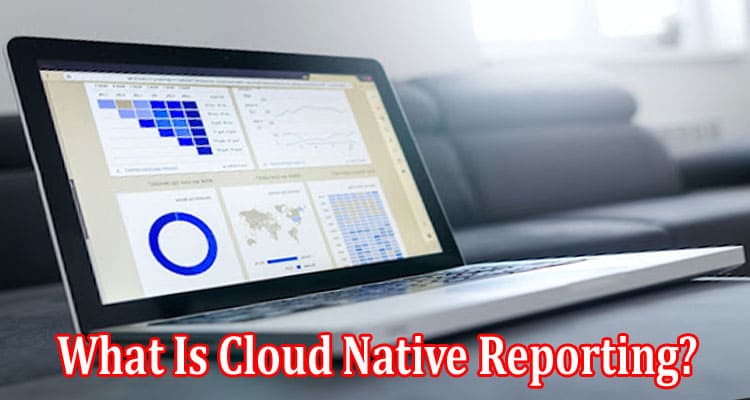As we transition from conventional business models to more technologically advanced methods, companies deal with many complex tasks that demand swift responses. These tasks involve large-scale data management, processing, and analysis, critical elements for a business that strives for improvement and a competitive edge. One powerful solution that has emerged to handle this burgeoning data challenge is cloud-native reporting. Keep reading to learn more about what is cloud native reporting and how it’s carving a remarkable path in the business intelligence terrain.
The Essence of Cloud Native Reporting
Cloud-native reporting refers to the generation, manipulation, and representation of data reports and analytics that are entirely processed within the cloud. Fundamentally, it leverages the agility, resilience, and flexibility offered by cloud computing, freeing companies from the constraints of traditional on-premise systems. The promise of unfettered access to data anytime and anywhere, combined with the scalability and efficiency of cloud tools, is the beauty of cloud-native reporting.
Cloud-native reporting is about using native cloud technologies to deliver comprehensive, real-time insights on your data, enabling you to make better, swift, and informed decisions. Traditional methodologies were laden with limitations such as inadequate storage, high server costs, and inflexibility, leading to inefficiencies and delayed responses. With cloud-native reporting, these constraints are fully eliminated. With the service being hosted on the cloud, much-needed flexibility, scalability, and real-time data processing become the order of the day.
Furthermore, cloud-based tools comprise powerful functions that simplify report creation, modification, and sharing. Reports are auto-updated in real-time, offering users accurate and contemporary business insights that can be accessed on any device without physical servers and databases.
Advantages of Cloud Native Reporting
The benefits of cloud-native reporting are diverse and revolutionary. Key among them is scalability. Businesses operate in an environment filled with uncertainties and unexpected changes. Scaling your reporting functionality to match business needs can be crucial at such times. With cloud-native tools, businesses can seamlessly upscale or downscale their reporting requirements in line with their needs, offering a high degree of flexibility.
Another significant advantage is the reduction of IT infrastructure costs. On-premise systems necessitate considerable upfront investments in hardware, software, and installation services and continuous costs to keep the systems updated and maintained. On the flip side, cloud-based reporting eliminates the need for these costs. Businesses can leverage providers’ infrastructure, cutting down on investments and freeing resources for other crucial activities.
Incorporating Cloud Reporting Into Your Business
Any business aiming to leverage the power of cloud reporting must engage in a well-thought-out strategy. It all begins with understanding business needs and defining particular challenges to address. Understanding these requirements and challenges is crucial in choosing cloud reporting tools that are rightly tailored for your business, bearing in mind that a wrong selection can lead to more harm than good.
The Future of Data Reporting
Cloud-native reporting is not a fleeting trend but a profound data reporting and analysis paradigm shift. This transformation is driven by the global business necessity for more robust, flexible, and cost-effective reporting solutions. As businesses grow with an increasing volume of data, using cloud-based tools for data reporting and analysis will only become more critical.
Advancements in cloud technology, such as artificial intelligence (AI) and machine learning, will enhance cloud reporting capabilities, providing opportunities for deeper insights and more accurate predictive analytics. The integration of these technologies will redefine data analysis, visualization, and decision-making, heralding an era of unprecedented business intelligence.
The success of this shift depends on aligning it appropriately with business needs, working with a reputable service provider, and keeping up-to-date with technological advancements in cloud computing.




